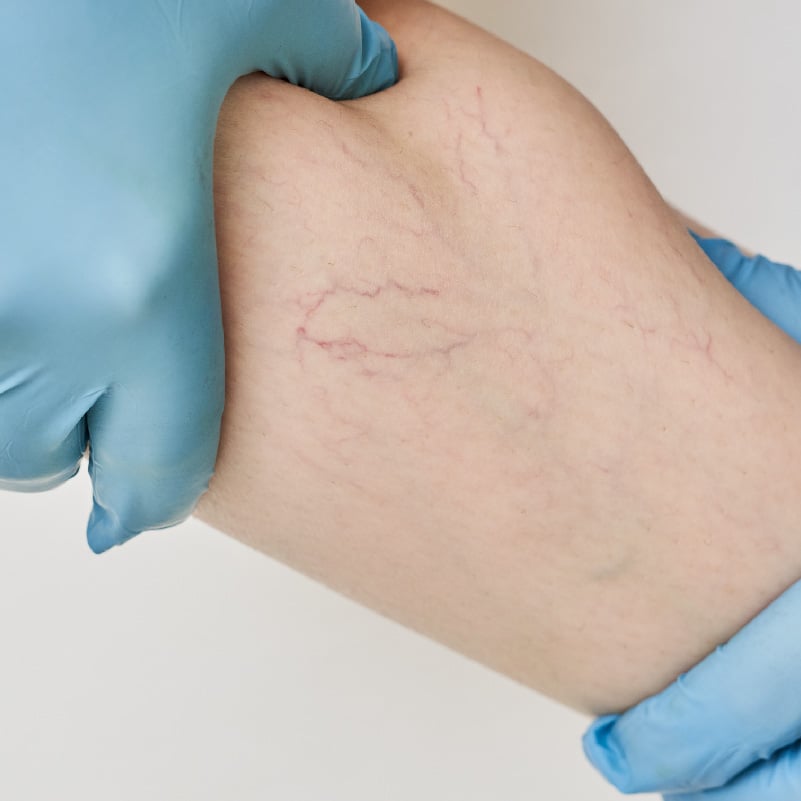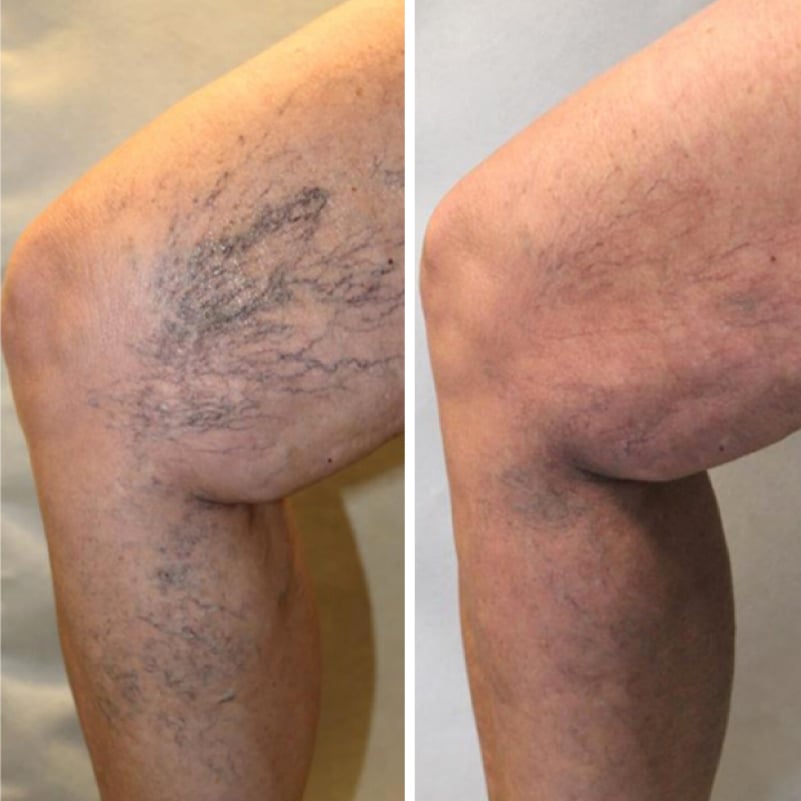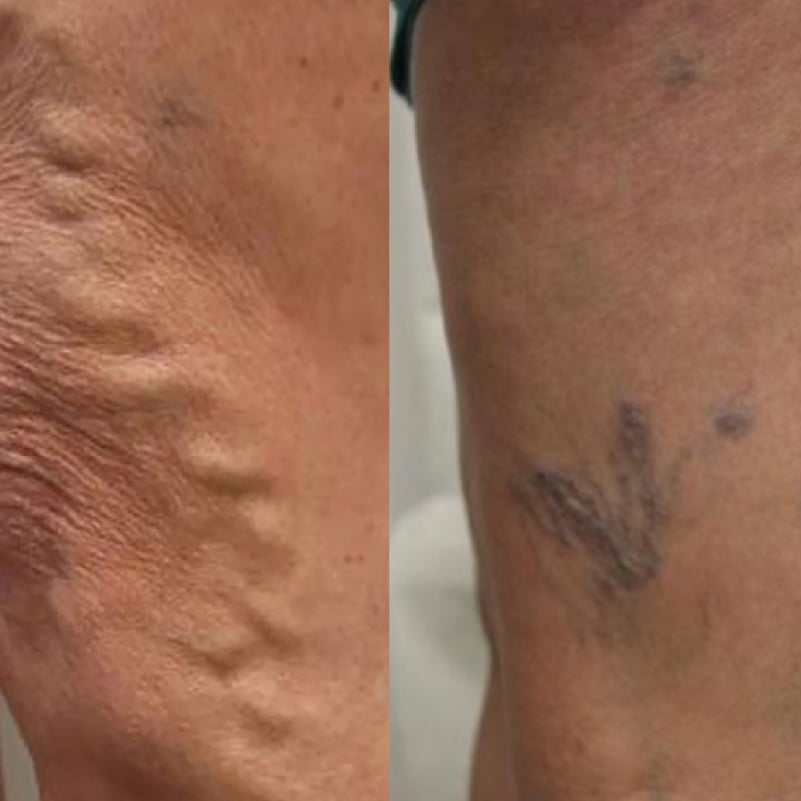Dear Doc:
I recently visited my grandfather at an area nursing home and noted he had this red spotty rash that was quite painful. The nurse told me that he had shingles. What exactly is “shingles” and am I at risk for getting it? The nurse said that it was somehow related to chicken pox. How is shingles related to chicken pox?
Answer:
This is a great question. First and foremost, do not be alarmed. You are likely not going to get the chicken pox and you are not going to get shingles from visiting your grandfather. Let me explain.
Shingles, also known as herpes zoster, is a painful skin rash caused by the same virus responsible for chicken pox, the varicella zoster virus. Shingles is a reactivation of the chicken pox virus. You see, once you have had and survived the itching of chicken pox, you are infected with the varicella zoster virus. The virus remains dormant (alive but not active) in various nerve roots in your body. While the virus is dormant it causes you no symptoms. The varicella zoster virus may lay dormant and never reactivate. However, the virus may become active again, possibly even decades later, and when it does, it presents as shingles.
Researchers believe that the virus reactivates due to weakening of the immune system as we age. The virus may also reactivate when the immune system is weakened by stress, various ailments, or certain medications. The reactivated virus presents as the shingles rash that is painful scattered red lesions on the area of the skin that is associated with the infected nerve root. The rash, confined to the nerve roots near the skin’s surface, is the hallmark of shingles.
In your grandfather’s case, he must have had chicken pox or was exposed to the chicken pox virus over his lifetime. The reactivation of that previous exposure led to him developing shingles. The varicella virus can be passed from someone with shingles to another person if that person comes in contact with the blistering rash. Shingles is not contagious before the blisters occur and are no longer contagious once the rash starts to scab. When someone is exposed to the varicella virus through a blistering shingles rash, the exposed person does not get shingles but rather is at risk for developing chicken pox! That is where it gets a bit confusing. But if you remember, shingles is the reactivation of the varicella virus. It is not the primary manifestation of the virus! So, you cannot get shingles from visiting your grandfather, but if you have not been immunized or exposed to the chicken pox virus, you may be at risk for developing the chicken pox.
Your grandfather is not alone in developing shingles. It is estimated that one million Americans contract shingles each year, about half of are 60 years of age and older. One in three people in the US is affected by shingles at some point in their lives. Shingles is much more than a rash and can become a serious illness causing significant discomfort and in a certain number of patients may cause pain long after the rash has resolved.
Shingles painful blistering rash tends to occur on one side of the body confined as stated earlier to the distribution of a nerve root. There may be numbness, tingling or even pain days prior to the eruption of the rash. The rash and discomfort usually resolve within weeks, but may persist longer. If the area involved includes the face or eyes, a consultation with an eye specialist may be warranted to ensure there is no risk to vision. One of the most serious and troubling long-term consequences of shingles is post herpetic neuralgia (PHN). This condition is defined as continued pain or discomfort in the area of the shingles rash after the rash has resolved. This neuropathic (nerve pain) may last a few weeks, months or longer, can be difficult to treat and can adversely impact the quality of life and daily function of people inflicted with it. It is estimated that one in five people who get shingles suffer from post herpetic neuralgia.
There is no great treatment for shingles and its complications. When a shingle’s rash develops, the length and severity of the rash may be improved by prescribing antiviral drugs such as acyclovir. Also, symptomatic treatment for the pain and itching is often prescribed. The treatment of post herpetic neuralgia is more problematic. The neuropathic (nerve) pain that may develop is treated with pain medication and may also be treated with medications that are used to treat nerve pain.
Now that there is a vaccine for chicken pox, in theory there should be fewer cases of shingles in the future (there will be less individuals with the varicella virus lying dormant in the general population). With less dormant virus, there will be fewer cases of reactivation causing shingles.
The best treatment for shingles is preventing shingles from ever occurring. There is a safe and effective vaccine to prevent shingles; it is recommended for everyone 60 years of age and older. The vaccine is appropriate for patients that have had shingles in the past because shingles can recur. The vaccine has been shown to reduce the reactivation of the varicella virus, and thus causing shingles, by 50 percent and the vaccine reduces the risk of developing post herpetic neuralgia by 66%. You may wish to discuss with your grandfather to decide if he is a candidate for the shingles vaccine. Although, people who are vaccinated may still get shingles, they are likely to experience a milder case then unvaccinated individuals.
Just like with all medications or vaccinations, please discuss the risks and benefits of any treatment with your physician.
As always, stay healthy. I hope the following quote by acclaimed body builder Lee Haney helps to that end, “The world wasn’t formed in a day, and neither were we. Set small goals and build upon them.”
Dr. Nagpaul is board certified in Internal Medicine. He currently is the Medical Director for Long Term Care for Rochester Regional Health’s Eastern Region including Newark-Wayne Community Hospital, DeMay Living Center, Clifton Springs Hospital & Clinic, Clifton Springs Nursing Home and Wayne County Public Health. This column is meant to be educational and is not intended to be used to make individual treatment decisions. Prior to starting or stopping any treatment, please confer with your own health care provider.









